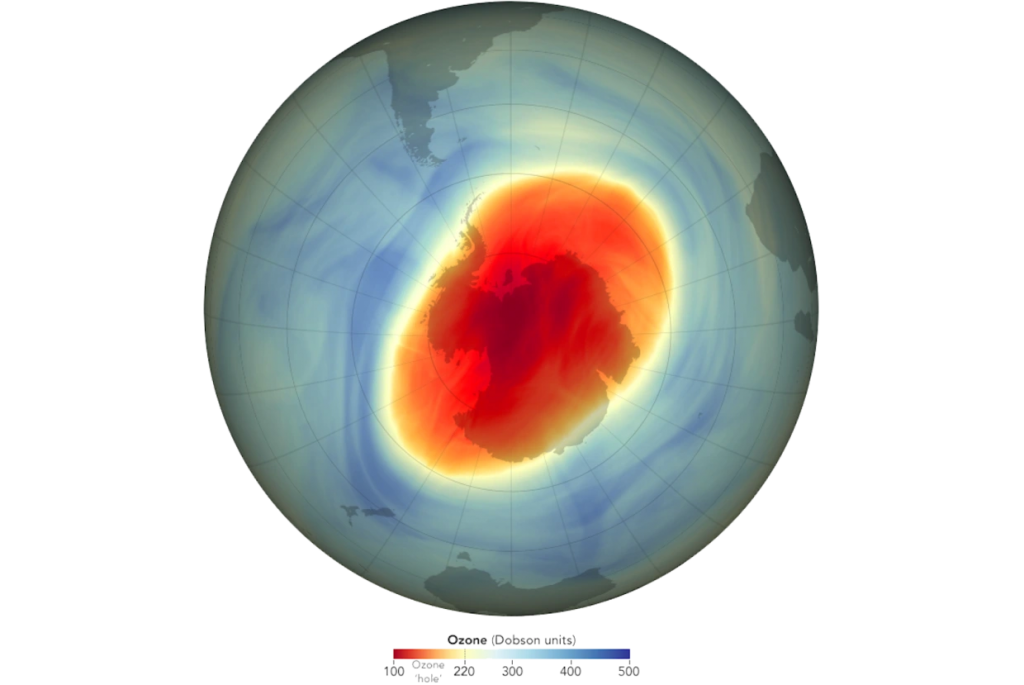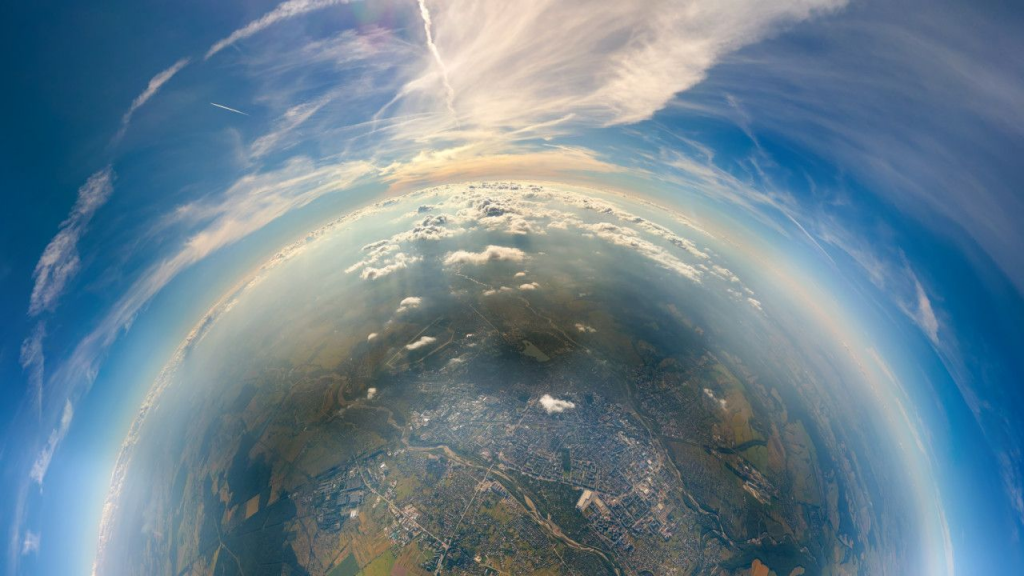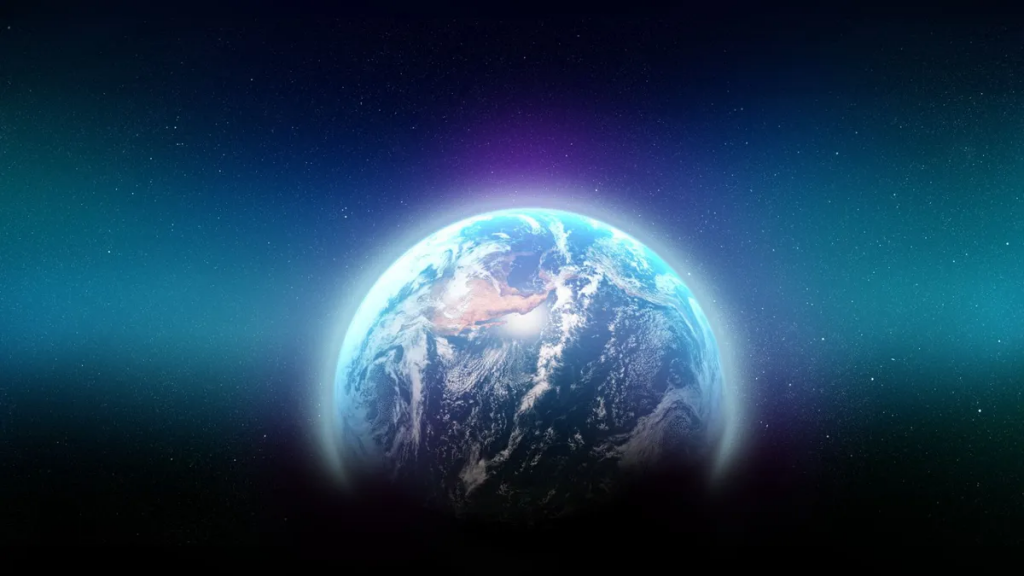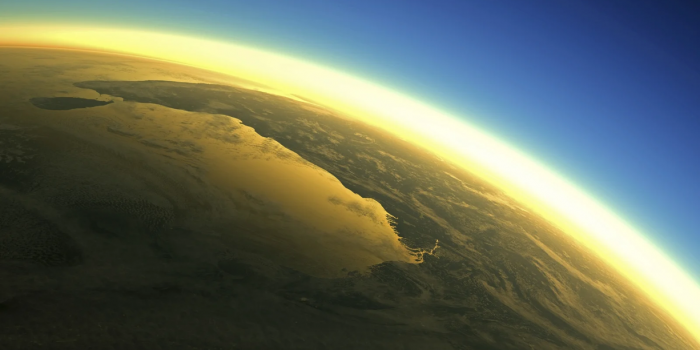The Earth’s protective ozone layer is slowly but recovering at a rate that would completely close the hole above Antarctica in 43 years, a new UN report says.
Over 35 years after every country in the world agreed to stop producing chemicals that eat away at the layer of ozone in the Earth’s atmosphere that protects the planet from harmful radiation linked to skin cancer, cataracts, and crop damage, a once-every-four-years scientific assessment found recovery in progress.
“In the upper stratosphere and in the ozone hole, we see things getting better,” said Paul Newman, co-chair of the scientific assessment.

According to the report given Monday at the American Meteorological Society convention in Denver, the development is gradual. It won’t be until around 2040 that the average amount of ozone in the atmosphere at the height of 18 miles (30 kilometers) will return to its 1980 pre-thinning levels. Likewise, the Arctic won’t return to normal until 2045.
“Ozone action sets a precedent for climate action. Our success in phasing out ozone-eating chemicals shows us what can and must be done — as a matter of urgency — to transition away from fossil fuels, reduce greenhouse gases and so limit temperature increase,” said World Meteorological Organization Secretary-General Prof. Petteri Taalas.
Healing signs were detected four years ago, although they were minor. “Those recovery numbers have solidified a lot,” Newman added.
The two main compounds that deplete ozone are found at lower levels in the atmosphere. According to the report, chlorine levels have declined 11.5 percent since their peak in 1993, and bromine levels have dropped 14.5 percent since their peak in 1999.

The fact that bromine and chlorine levels have stopped rising and are falling” is “a true testament to the efficiency of the Montreal Protocol,” according to Newman.
Back in the day, people could walk into a store and purchase a can of coolants, which damage the ozone layer by eating away, poking holes in it, and polluting the air. However, these pollutants are now outlawed and rarely seen in people’s homes or cars.
Ozone hole levels in Antarctica are influenced by local meteorological cycles, reaching their maximum in the fall. And although though the gaps have grown recently, according to Newman, the overall trend is healing.
A few years ago, emissions of one of the banned compounds, chlorofluorocarbon-11 (CFC-11), ceased to decrease and began to rise. According to Newman, rogue emissions were detected in parts of China but have since returned to normal levels.

A third generation of these substances, known as HFC, was prohibited a few years ago for being a heat-trapping greenhouse gas rather than destroying the ozone layer. According to the current analysis, the prohibition would prevent an additional 0.5 to 0.9 degrees of warming.
The report also warned that efforts to artificially cool the world by releasing particles into the sky to reflect sunlight would cause the ozone layer in Antarctica to deplete by up to 20%.


